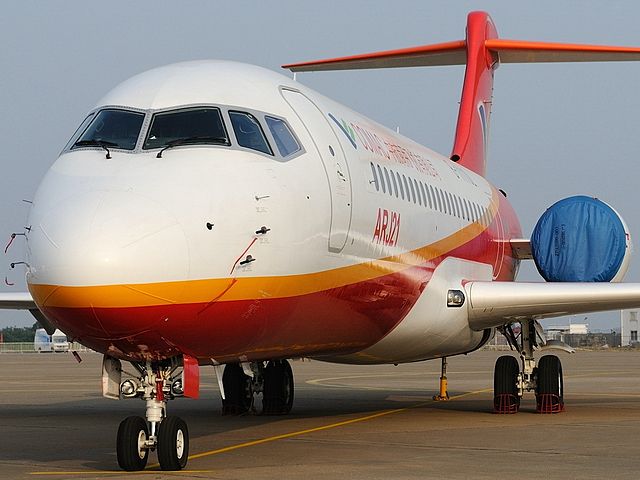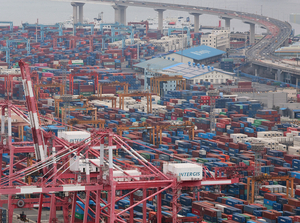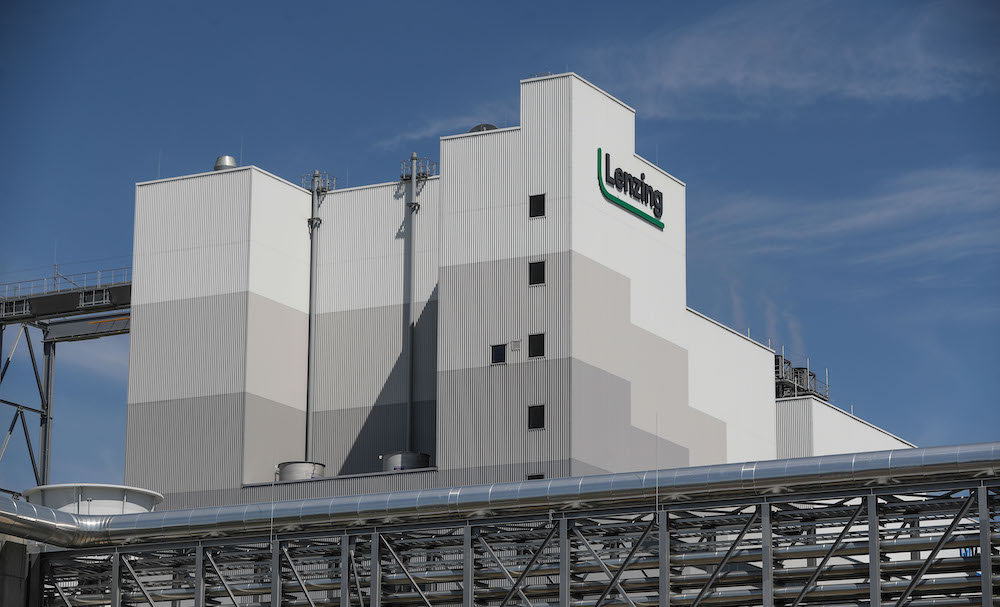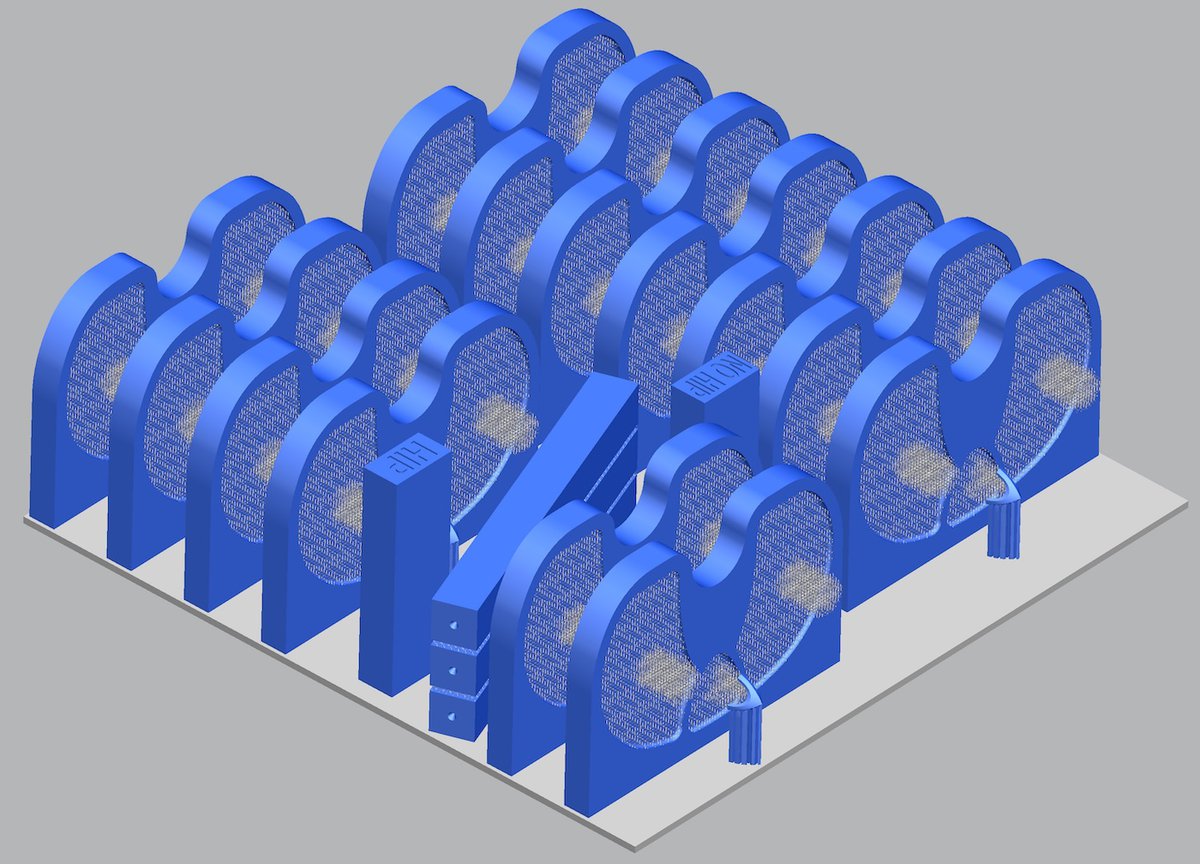China's COMAC Aims to Revolutionize Global Aircraft Production
Manufacturing
2025-03-31 00:30:44Content

China's aviation industry is taking a significant leap forward as COMAC, the country's premier state-owned aircraft manufacturer, embarks on a transformative journey of large-scale industrialization. This strategic move signals a bold ambition to propel China's economic development and challenge the global aerospace market dominated by Western manufacturers.
The company is positioning itself as a key player in the international aviation landscape, leveraging domestic technological innovations and manufacturing capabilities. By advancing into full-scale production, COMAC aims to not only meet China's growing domestic aviation needs but also establish a competitive presence in the global aircraft market.
This milestone represents more than just an industrial achievement; it's a testament to China's technological prowess and economic strategy. The push towards large-scale aircraft production demonstrates the nation's commitment to developing high-tech industries and reducing dependence on foreign aerospace technologies.
As COMAC continues to expand its capabilities, the aviation world watches with keen interest, recognizing the potential for a new major player to emerge in the competitive global aircraft manufacturing sector.
China's Aviation Revolution: COMAC's Bold Leap into Global Aerospace Dominance
In the rapidly evolving landscape of global aviation, China is making unprecedented strides to challenge the long-standing duopoly of Boeing and Airbus. At the forefront of this ambitious technological transformation stands the Commercial Aircraft Corporation of China (COMAC), a state-owned enterprise poised to redefine the international aerospace industry through innovative engineering and strategic industrial development.Revolutionizing Aerospace: China's Strategic Industrial Masterplan Unfolds
The Rise of Indigenous Aircraft Manufacturing
The emergence of COMAC represents more than just a technological achievement; it symbolizes China's comprehensive national strategy to establish technological independence in critical industrial sectors. By investing billions of dollars in research and development, the corporation has systematically developed indigenous aircraft designs that challenge traditional Western manufacturing paradigms. The ARJ21 regional jet serves as a testament to China's engineering capabilities, demonstrating sophisticated technological prowess that goes beyond mere imitation. The development process has been meticulously planned, involving complex collaborations with international aerospace suppliers and leveraging cutting-edge research from domestic universities and technological institutes. Each component of the aircraft reflects a strategic approach to engineering, incorporating advanced materials, sophisticated avionics, and fuel-efficient designs that meet contemporary global aviation standards.Technological Innovation and Economic Strategy
COMAC's industrialization strategy extends far beyond manufacturing aircraft. It represents a holistic approach to economic development, integrating aerospace technology with broader national economic objectives. By creating a robust domestic aviation manufacturing ecosystem, China aims to reduce dependency on foreign technology, generate high-skilled employment, and establish a competitive advantage in the global aerospace market. The corporation's technological investments are not limited to current generation aircraft. Extensive research and development programs are simultaneously exploring next-generation propulsion systems, lightweight composite materials, and advanced aerodynamic configurations. These initiatives position COMAC as a forward-thinking organization committed to long-term technological innovation.Global Market Penetration and Competitive Dynamics
While Western manufacturers have dominated commercial aviation for decades, COMAC's emergence signals a potential paradigm shift. The corporation is not merely targeting domestic markets but strategically positioning itself to compete internationally. Rigorous certification processes, strategic partnerships with international airlines, and competitive pricing models are key components of their global market penetration strategy. The ARJ21 and the larger C919 narrow-body aircraft represent more than technological products; they are diplomatic and economic instruments showcasing China's industrial capabilities. By offering competitive alternatives to established manufacturers, COMAC challenges existing market dynamics and provides airlines with diversified procurement options.Challenges and Future Trajectory
Despite impressive progress, COMAC faces significant challenges in establishing global credibility. International certification, building a comprehensive supply chain, and gaining widespread airline confidence require sustained effort and investment. The corporation must consistently demonstrate reliability, safety, and performance to overcome entrenched market perceptions. However, China's systematic approach, substantial financial resources, and long-term strategic planning suggest that COMAC is not a transient phenomenon but a fundamental transformation of the global aerospace landscape. The corporation's trajectory indicates a potential future where multiple manufacturers compete on technological innovation and economic efficiency.RELATED NEWS
Manufacturing

Manufacturing Boom: 133 Mega Projects Set to Revolutionize Industrial Landscape in 2025
2025-05-06 12:00:26
Manufacturing

Industrial Shock: South Korean Manufacturing Suffers Steepest Decline in Over a Year and a Half
2025-03-09 02:39:21






